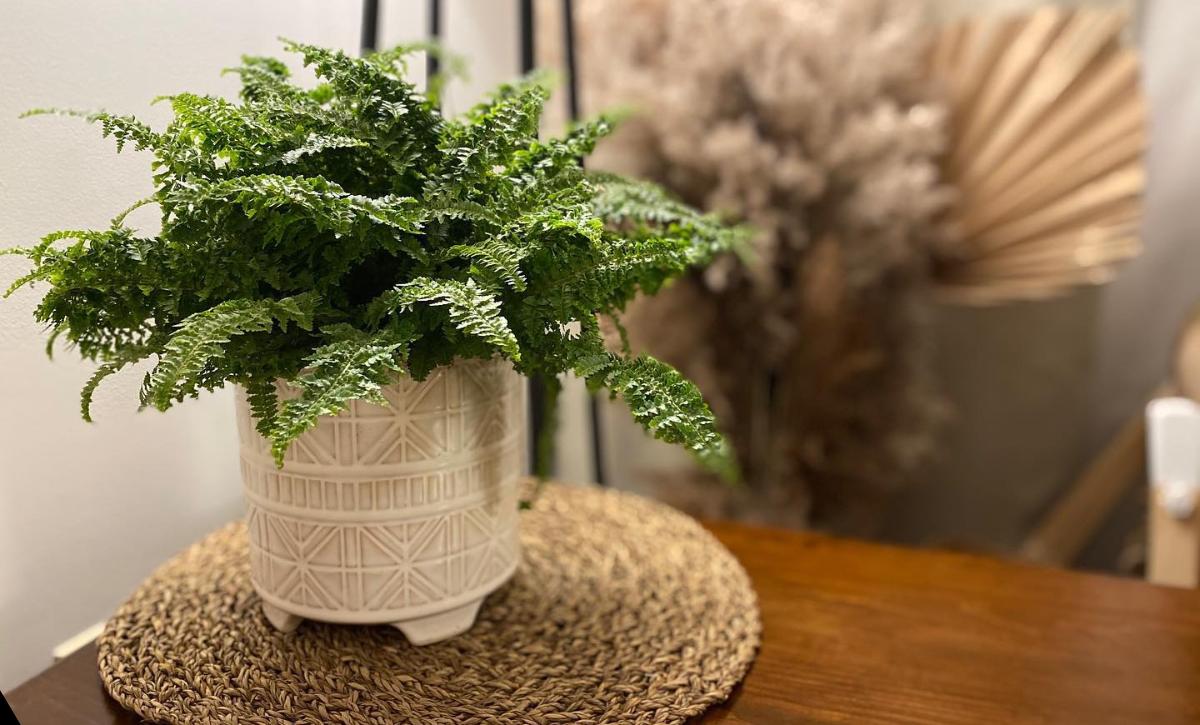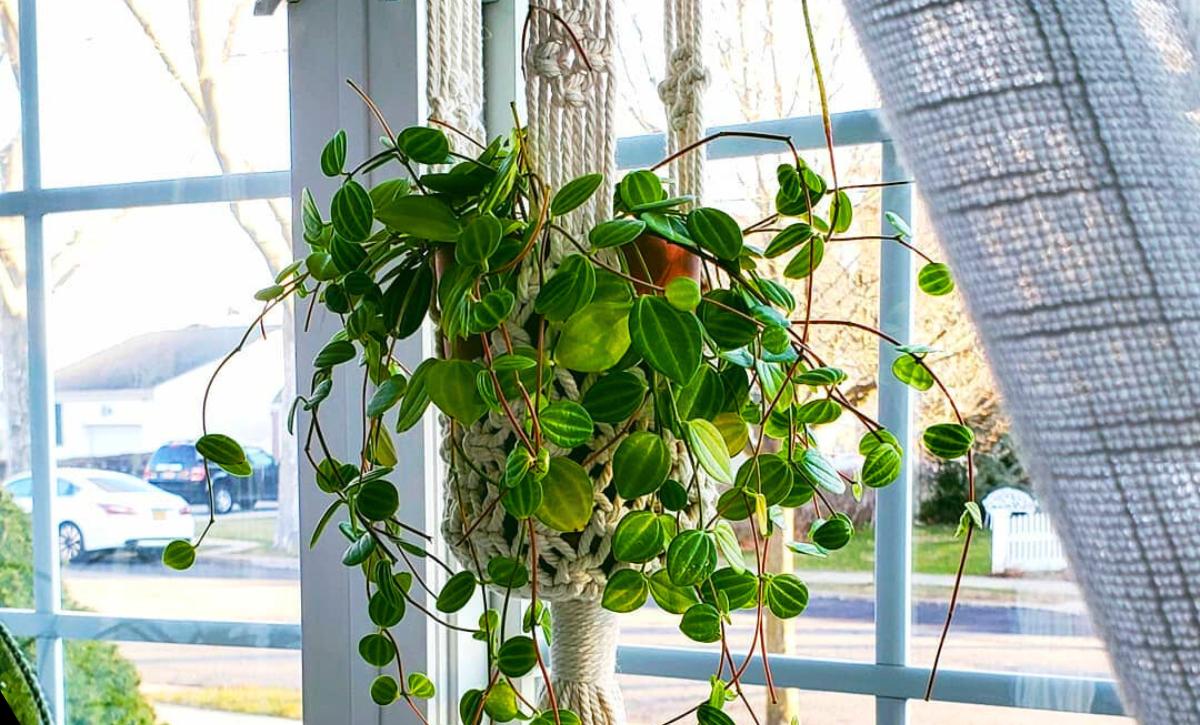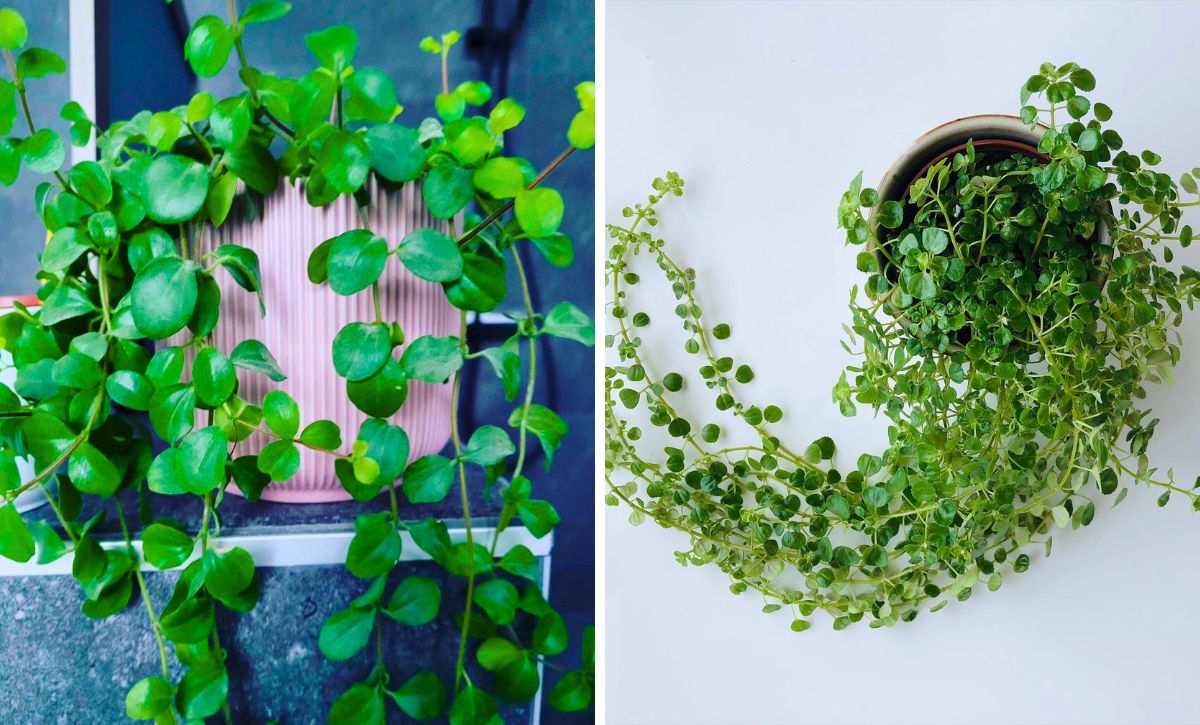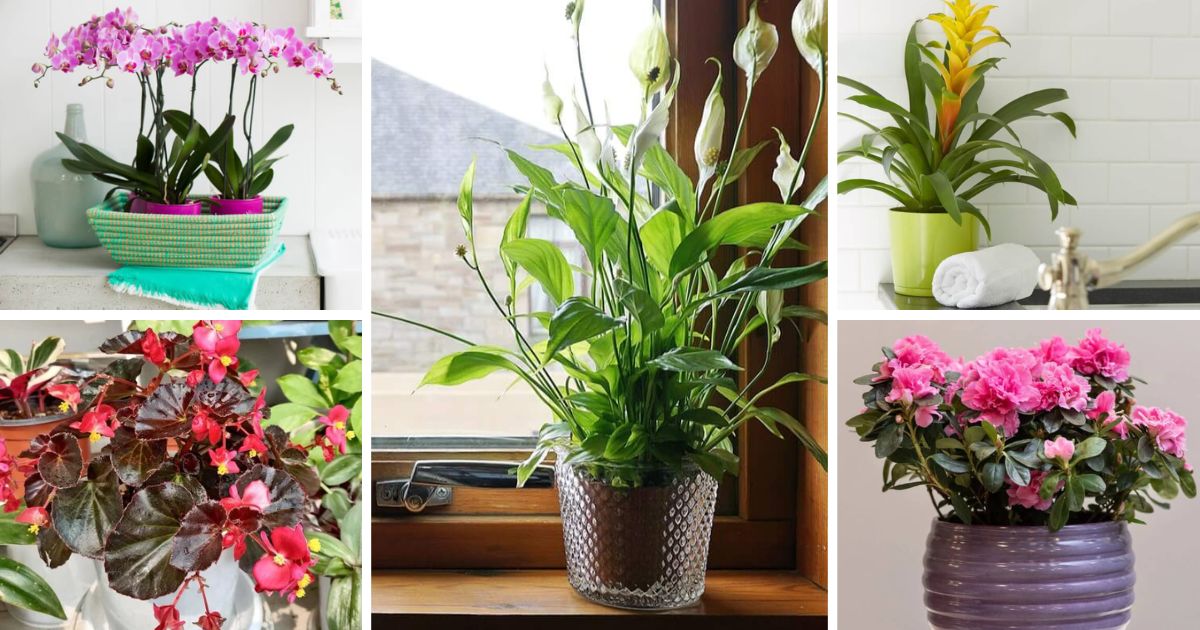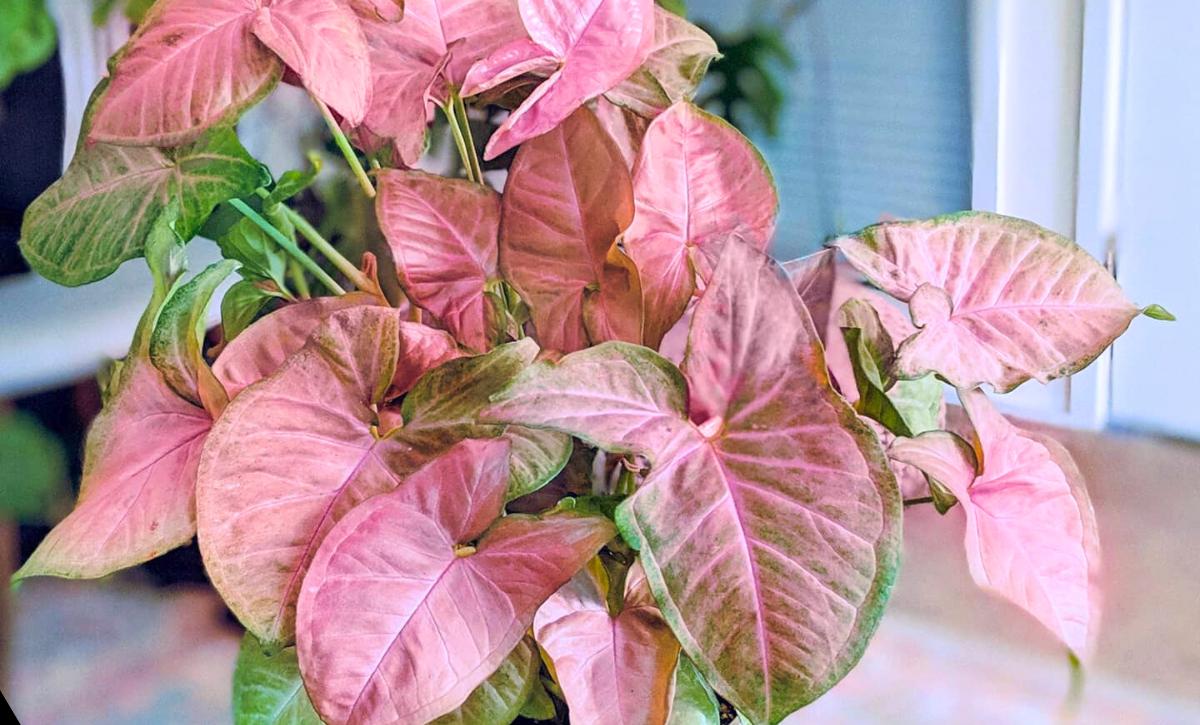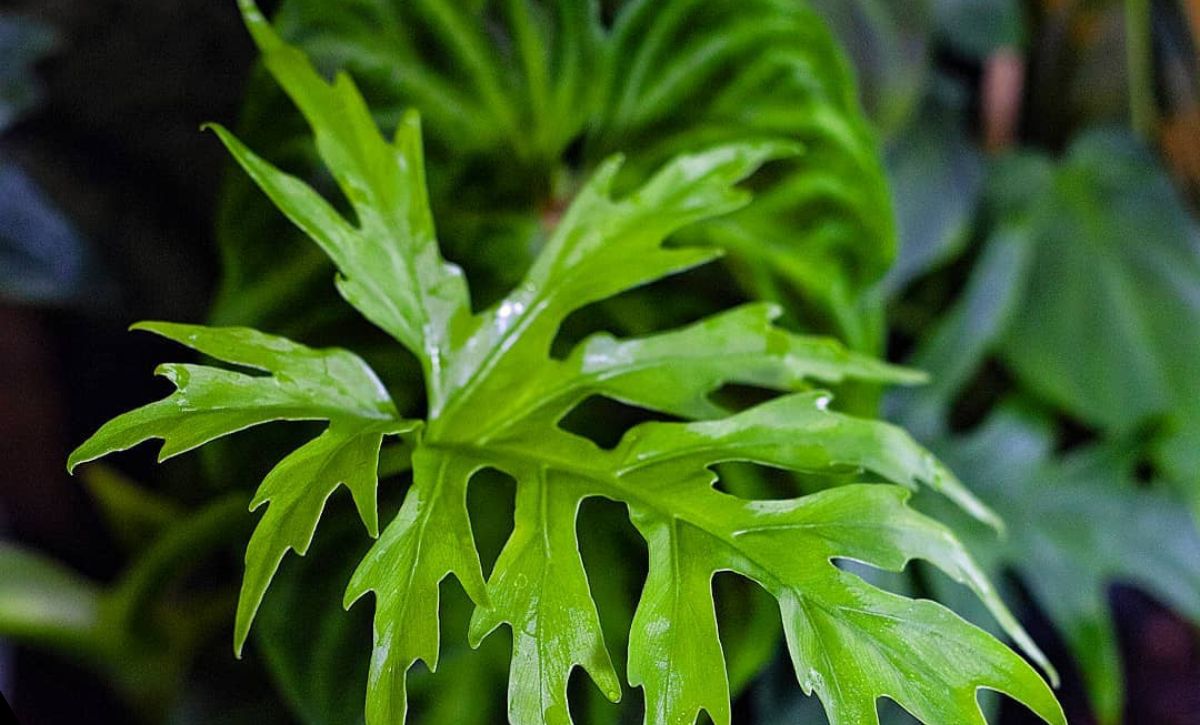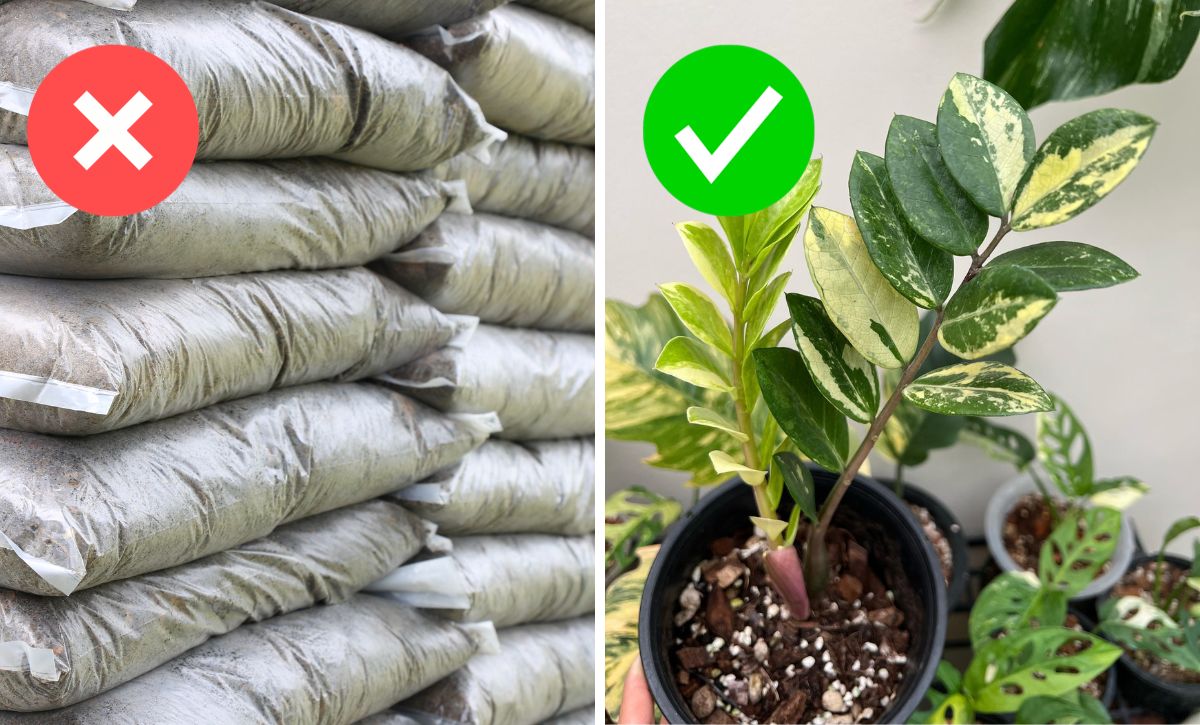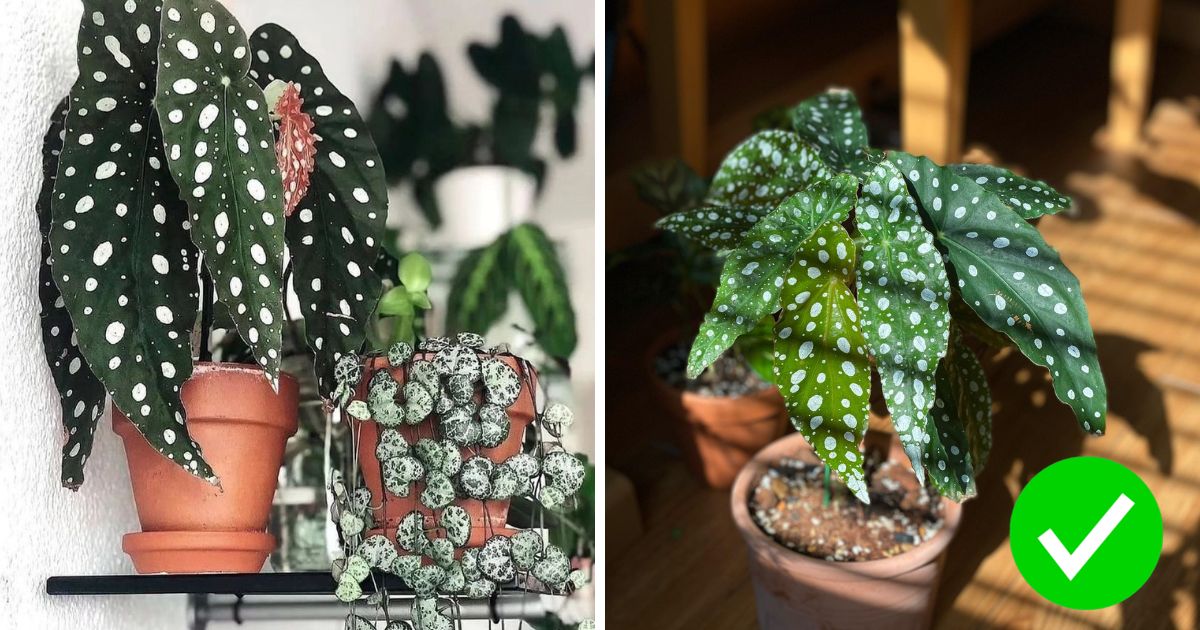Plants add beauty to any space or landscape, and growing and taking care of them can be therapeutic, even fulfilling.
But with so many plants available, it’s difficult to choose which plant to grow. It gets even harder if you are new to the gardening and plants scene.
Luckily, we advise which plants you can add to your landscape or space next. If you want to start with or spruce up your garden with flowering plants, then we have just the plant for you.
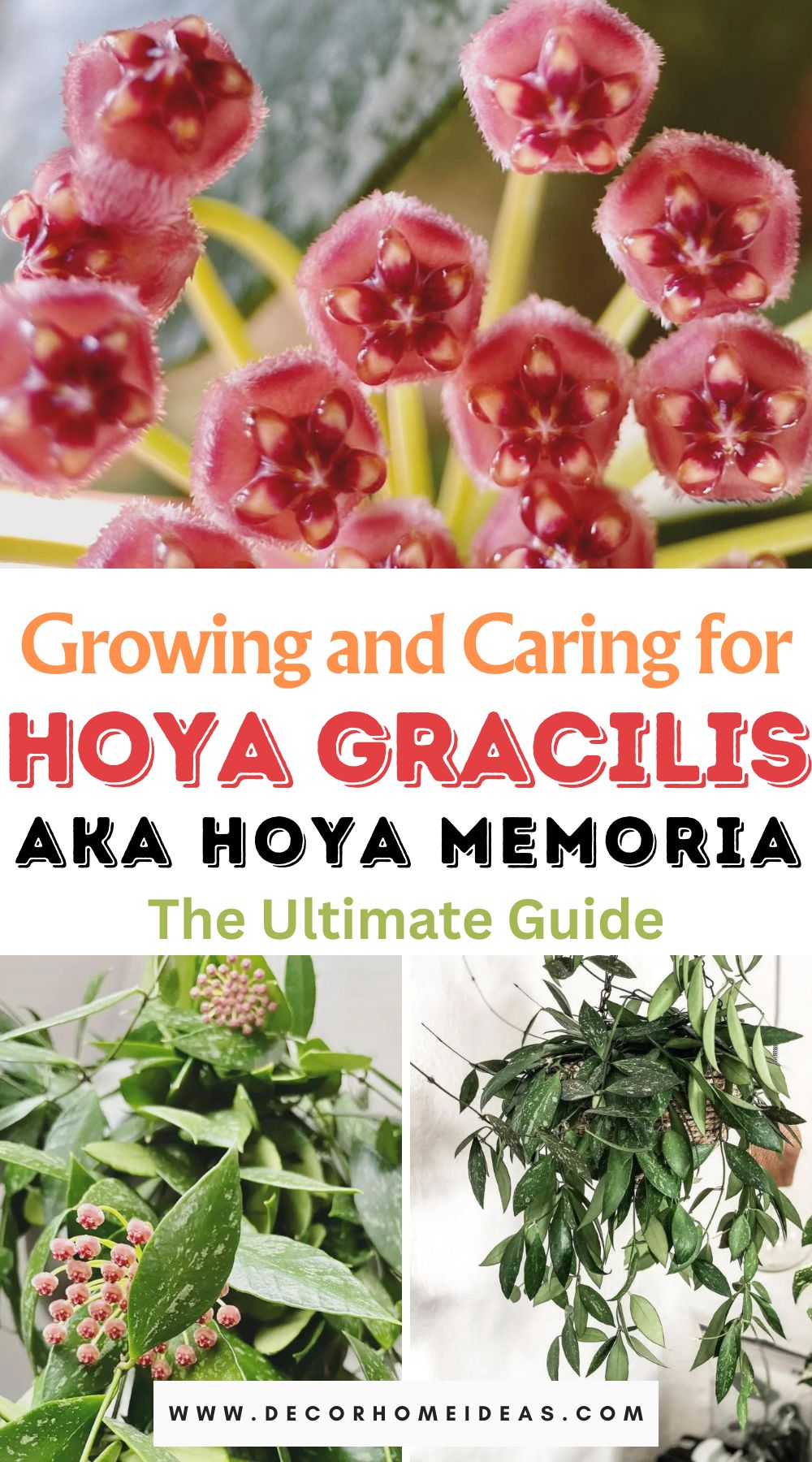
The Hoya gracilis from the Hoya genus is one of the most captivating and easy-to-care-for flowering plants. The beauty of these plants will leave you astounded and have guests marveling at your garden.
In this article, we’ll examine this plant in detail, look at its care requirements and propagation methods, as well as some common issues you may encounter while taking care of this plant and how to handle them.
But first, here is some basic information about Hoya gracilis:
| Family: | Apocynaceae (dogbane family) |
| Genus: | Hoya |
| Scientific name: | Hoya gracilis (was Hoya memoria initially) |
| Common names: | Wax Plant |
| Plant type: | Perennial, climbing vine |
| Native habitat: | Indonesia |
| USDA hardiness zones: | 9b-11 |
What Is A Hoya Gracilis
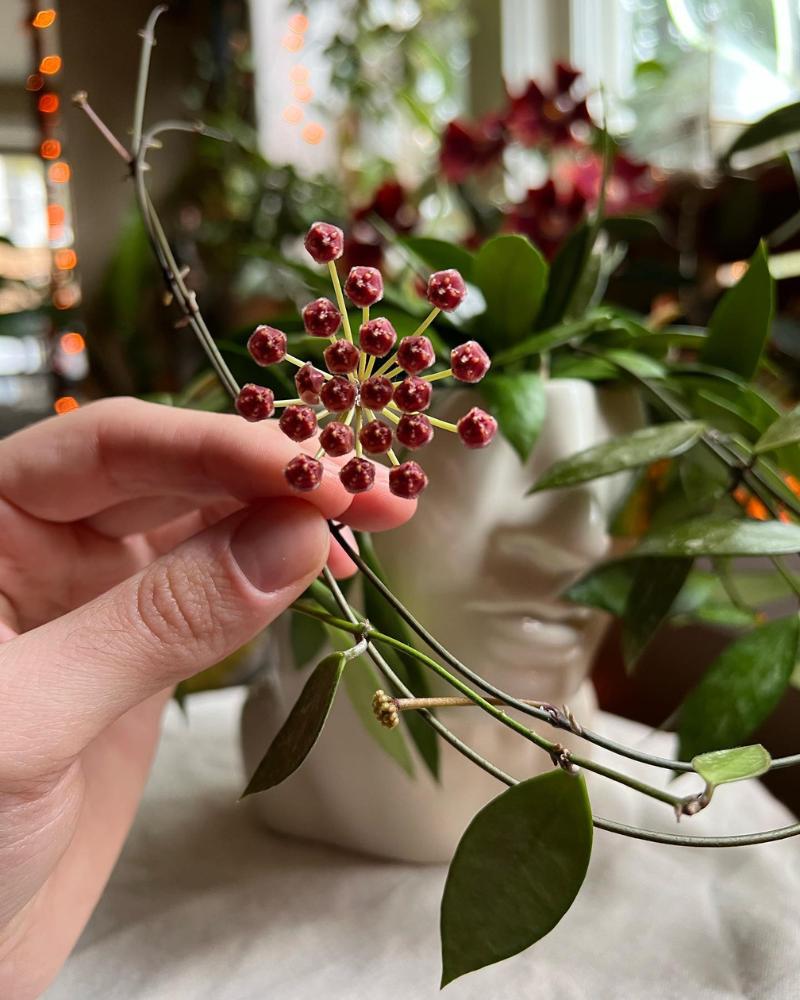
via plantdaddy.ry
Before we get into the details, it’s important to note that Hoya gracilis is sometimes referred to as Hoya memoria, so don’t consider the two as different plants. They are actually one and the same.
Some common plants from the Hoya genus include Hoya polyneura, Hoya carnosa Krimson Queen, Hoya linearis, Hoya macrophylla, Hoya curtisii, variegated Hoya australis, and Hoya fungii.
So, how do you differentiate between the memoria and gracilis species?
Hoya plants are epiphytic and, as such, grow on other plants when in their natural habitat. However, this relationship isn’t parasitic; the plants absorb water and nutrients from the air and only use the plants they grow on for structural support.
The gracilis is green with silverish speckles, but the stand-out feature of the plant is its unique flowers.
The raspberry-like flowers are unique, and even more remarkable is their sweet caramel scent that’ll fill your room once the flowers bloom.
If you grow this plant, then the blooming period will be the most enjoyable time since the fragrance from the flowers will even eliminate the need for an air freshener. Here is a detailed care guide for your Hoya plant.
Plant Care Requirement For The Hoya Gracilis
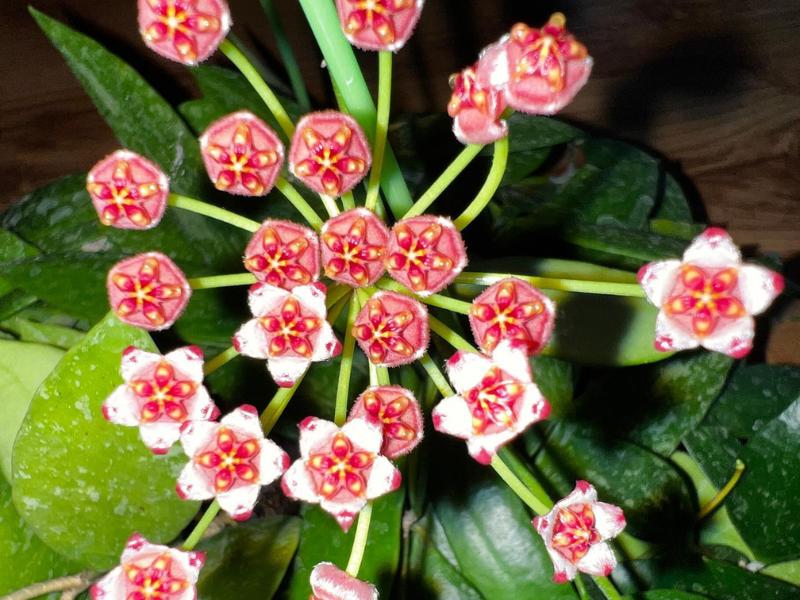
The Hoya gracilis is one of my favorite plants to grow, and for good reason. This plant has minimal care requirements, and as such, it’s easy to keep it healthy. It’ll still survive even if you forget about the plant for a while.
For your Hoya plant to thrive, it‘ll need moderate temperatures, bright indirect light, well-draining soil, moderate to high humidity, monthly fertilization, and regular repotting.
Let’s examine these care requirements in detail.
Light Requirements
Hoya thrives in a place where they can receive plenty of bright indirect light.
Place your plant next to the window where it’ll receive the bright, low-intensity morning light. The ideal place for your plant will be in a south-facing window. Just make sure that the plant isn’t exposed to the high-intensity afternoon sunlight.
If you can’t find a place with plenty of indirect light, then you can cover your window with sheers to create some partial shade. By doing this, you mimic the tropical setting, which is the natural habitat of these plants.
However, Hoyas can still survive in low light conditions but are less likely to bloom if they receive insufficient light.
Temperature Requirements
Gracilis plants thrive in temperatures between 50 and 90℉.
Temperature is one of the factors you should be really watchful of as the hoya plant isn’t frost-tolerant. In fact, temperatures below 50℉ could kill your plant.
Extremely high temperatures will also adversely affect the plant. Ensure that temperatures around your plant don’t exceed 90℉.
You should also keep the plant away from areas with drafts or frequent temperature changes. For example, keep it away from your air conditioner.
Watering Requirements
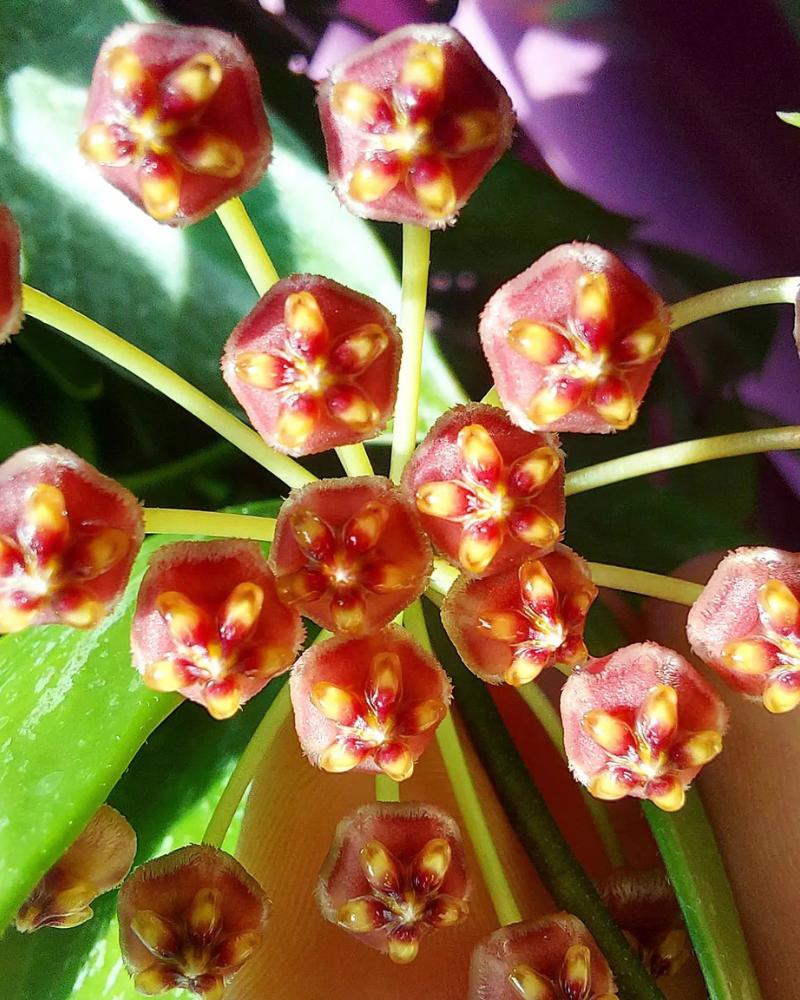
One thing about the Hoya plant is that it doesn’t need frequent watering. The leaves of the plant are succulent, hence can store water. This results in a low watering need for the plant but also increases the risk of overwatering.
You should water the plant only when the top two inches of the soil dry out, or wait until the soil is completely dry.
The idea here is to ensure the roots don’t sit in water for too long, as it could cause root rot, which will kill your plants.
For Hoya plants, it’s better if they are underwatered than overwatered.
Humidity Requirements
Tropical regions usually have high humidity levels. As such, when growing plants from this region, you should provide them with similar conditions.
Humidity levels around your hoya plant should be at least 50%. Hoya plants can thrive and bloom when the humidity levels are between 40% and 60%. When growing these plants, it’s important to adjust the humidity around them since houses generally don’t have such levels of humidity. If these levels fall below 40%, your plant may fail to bloom.
Luckily, there are several methods you can use to adjust the humidity around your plants.
First, you can use a humidifier. While such a device can be pricey, it’s the most effective method of adjusting humidity.
The second method is using a pebble tray filled with water. Fill a tray with some pebbles and add some water. Then, place your plant on the pebble tray. As the water from the tray evaporates, it’ll increase the humidity around the plants.
Alternatively, you can place your plants in areas with natural high humidity, such as the bathroom or the kitchen.
Soil
Most people tend to ignore soil or the growing medium when it comes to gardening, but it’s just as crucial as other factors.
While it may not draw all nutrients from soil, if the growing medium isn’t right, then your plant won’t survive.
Hoya gracilis should be grown in well-draining soil. If your soil has poor drainage, then you should amend it with materials such as pebbles, sand, perlite, and peat moss to improve drainage and water retention.
Since the plant doesn’t grow on soil in its natural environment, it could quickly die if the soil isn’t well-drained.
This is mainly caused by waterlogging, which leads to root rot. Mix some perlite, orchid bark, and succulent mix to create the perfect blend for growing your Hoya plant.
Fertilizing Schedule
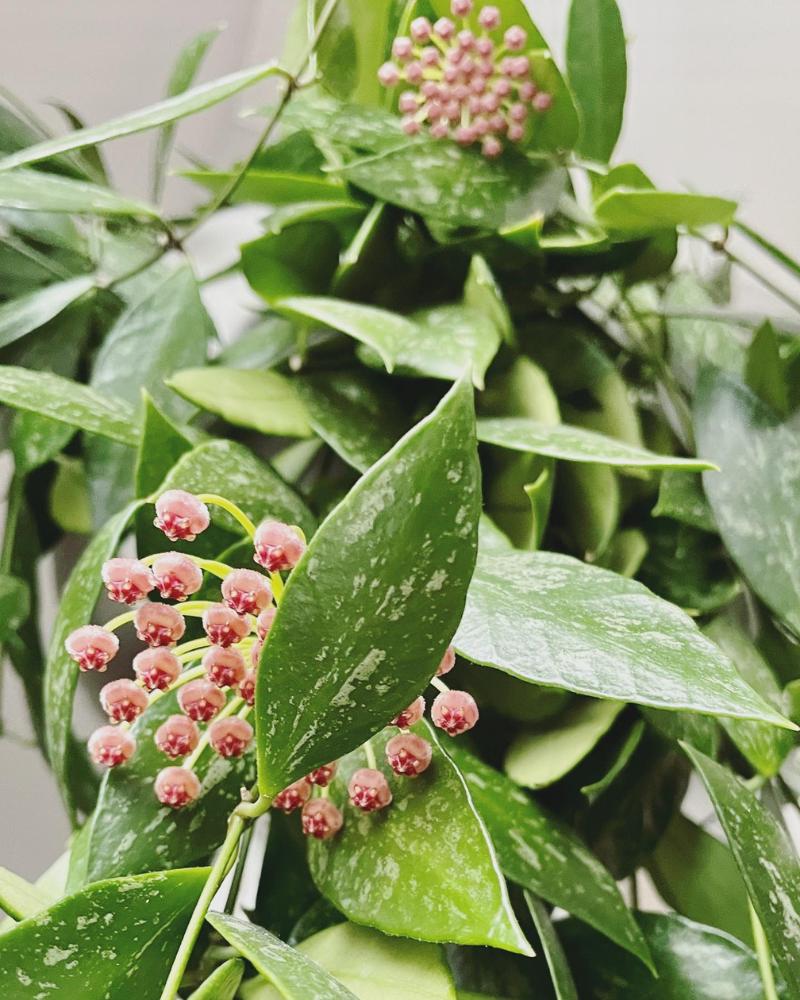
via san.hoya
Monthly fertilizing is recommended for this plant, but only during the growing season (spring and summer) when the plant will take most of the nutrients.
Hoyas enter dormancy during winter, and new growth rarely occurs, so feeding the plant during this time will have minimal to no impact and could lead to burns on the plant’s roots.
Use fertilizers rich in Nitrogen when fertilizing the plant to promote faster and more blooming when the flowering season comes.
Always follow the manufacturer’s instructions as displayed on the fertilizer packaging; veering from these instructions will harm your plant.
Pruning
Since they’re vining plants, Hoyas are mostly grown in hanging baskets as houseplants.
As the vines grow and elongate, you’ll need to prune the plant unless you are looking to fill the entire space with hoya vines.
When pruning, first cut down the diseased, discolored, and damaged leaves. You can then prune the plant to your desired shape. Use sterilized tools during this process to minimize the plant’s infection risk.
You can also grow your Hoya plants in a pot or container, but you’ll need to provide them with structural support, such as trellises, once the vining starts.
Repotting
Annual repotting isn’t necessary for this plant, but you need to repot the plant immediately if you notice roots coming out of the drainage holes or if the plant has overgrown its original pot or basket.
When repotting, use fresh potting soil as the old one may contain pests or fungus. Also, ensure you repot the plant to a larger pot, container, or basket (about two times bigger)
Propagating The Hoya Memoria
Propagating the Hoya memoria is easy, and you’ll be done before you even know it.
First, you need to find a healthy stem with some nodes attached and carefully chop it off.
Next, fill a nursery with fresh, well-drained potting soil and make a hole in the center. Now, place the stem cutting in the hole approximately two inches deep.
Ensure the leaves of the cutting aren’t below the soil line, as they could quickly rot and lead to the death of the entire cutting. Place a plastic bag over the cutting to maintain high humidity levels, or mist the cutting regularly.
Place the nursery in a place with sufficient bright indirect light so your plant can root easily.
Once you notice new growth on the stem cuttings, you can repot the plant to a new pot, and voilà, you have successfully propagated a new Hoya plant!
Common Issues
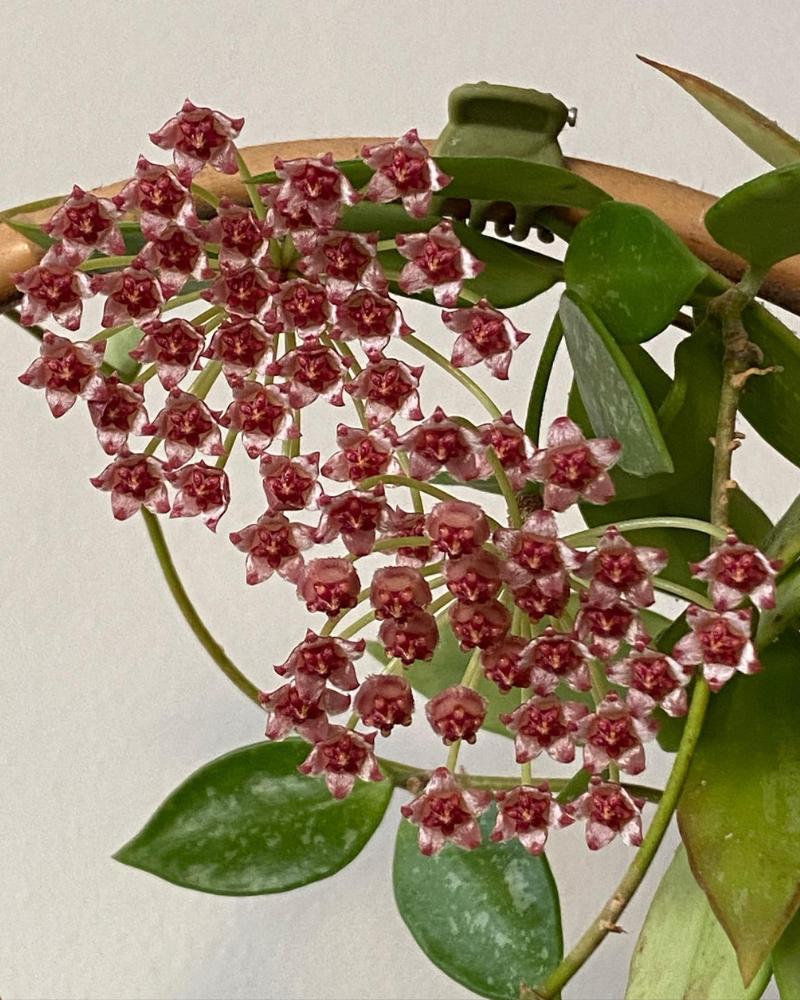
via krystynakaziow
You won’t experience many issues when growing this Hoya plant as it isn’t prone to most pests and diseases. However, if you are growing other plants in the vicinity prone to pests and diseases, your gracilis may also be impacted. Inspect your plant regularly to ensure it isn’t under attack.
Common pests that may attack Hoyas include thrips, scales, and spider mites.
The good news is you can easily handle such pests by applying neem oil or insecticidal soap to the leaves of your gracilis.
The biggest risk to Hoya memoria is root rot. The best way to prevent this issue is by growing the plant in well-draining soil and sticking to the right watering schedule.
If, unfortunately, root rot occurs in your plant. First, you need to remove any affected roots from the pot, then transplant it to a new pot with a fresh potting mix.
Most of the time, root rot will be exhibited by yellowing of the leaves and mushy soil, which sometimes may have a bad odor.
Frequently Asked Questions
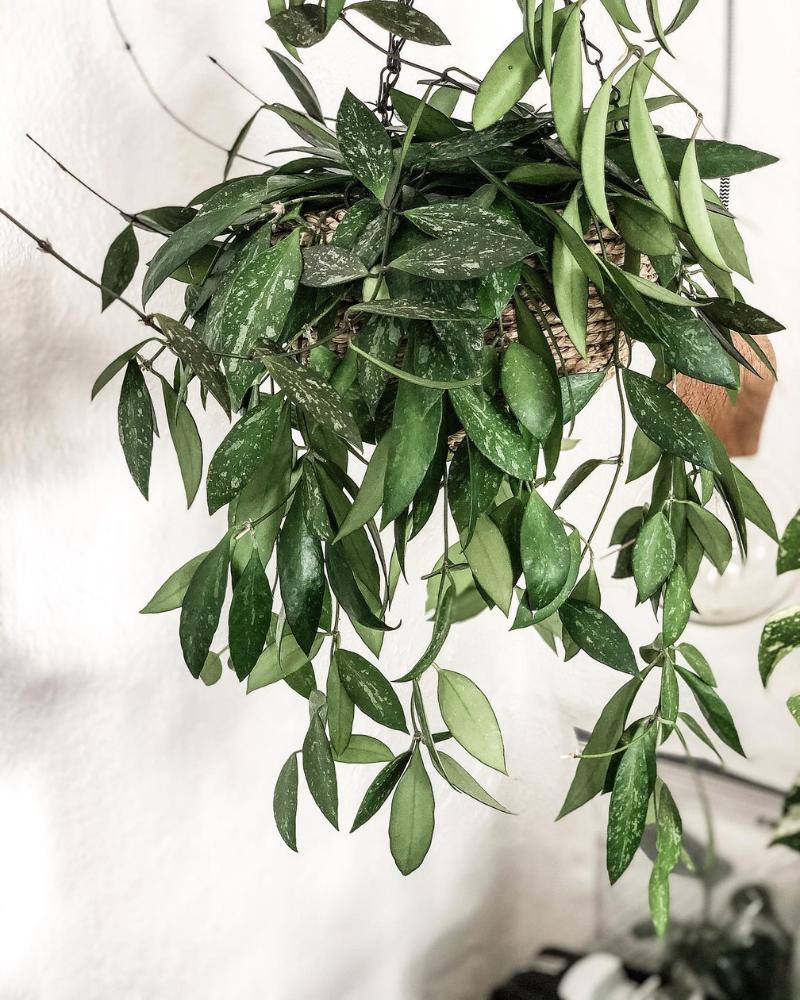
via my_green_mess
Is the Hoya gracilis a rare plant?
Yes, the hoya gracilis is one of the rarest plants. It’s unlikely to find this plant in plant stores, but there are reputable stores online that sell it. If you are lucky enough to find one, take care of it and propagate it, and maybe you can gift your friends this uncommon plant.
Is the Hoya gracilis toxic?
Fortunately, this Hoya plant isn’t toxic. Like many plants from the Hoya genus, this plant isn’t toxic to either humans or pets. You can grow the plant in hanging baskets indoors without having to worry about your children or pets accidentally ingesting them.
Summing Up
The Hoya gracilis is one of the best houseplants you can grow. Its colorful flowers will add beauty to your space and leave it with an amazing caramel scent. There are so many Hoya plants you can choose from based on your taste or preference.
Since it’s low maintenance, nontoxic, and doesn’t need much catering, this flowering plant is a perfect choice for beginners and seasoned gardeners alike.
Just follow the care guide for this plant, and it’ll adorn and provide your space with a unique fragrance for days.

